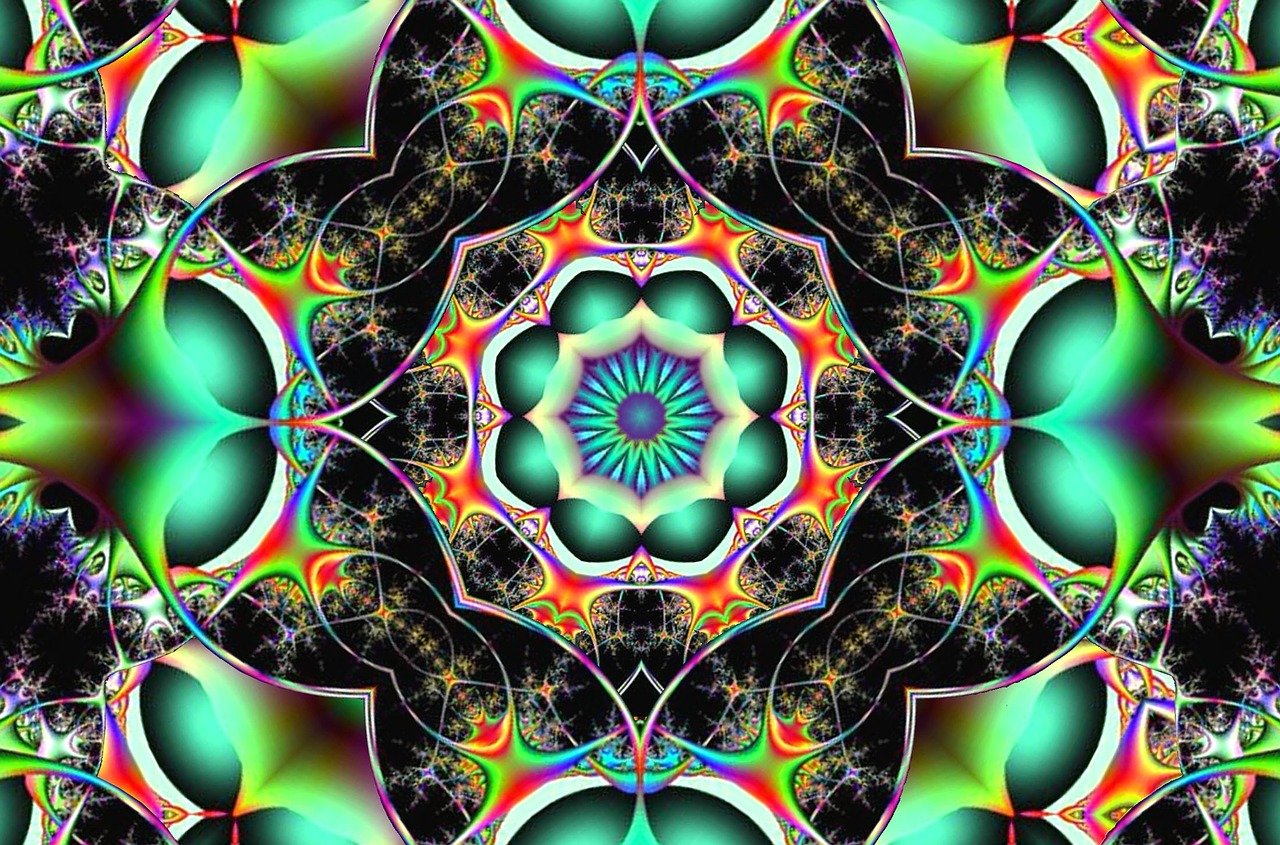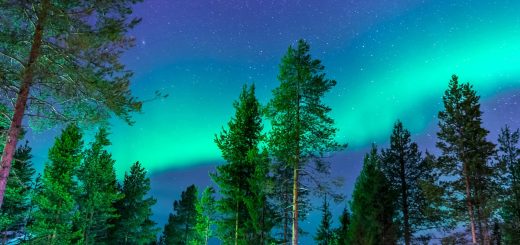The Windigo: Ojibwe and Cree Stories of Fearful Entities

Before diving in, please note: This post is for informational purposes only. If you’d like to know more about how we approach topics, feel free to check out our friendly Disclaimer Page.
Hey there, amazing readers! 🖐️ Just a quick note: yes, we know there are a lot of ads here. Trust us, we get it—it’s not the prettiest look, but they help us keep this blog alive and kicking. Those pesky little ads cover the costs of all the behind-the-scenes magic, from hosting and tech stuff to creating content we hope you’ll love.
We’re committed to delivering quality posts, and your support (even just sticking around despite the ads) means everything to us. So, bear with us, and thanks for helping us keep the good vibes rolling. Now, on to the fun stuff! 😉
TRANSLATE BUTTON AT THE END OF THE ARTICLE
Overview
The Windigo, an entity deeply rooted in the folklore of the Ojibwe and Cree tribes, is a fearsome creature that embodies greed, consumption, and cannibalism.
This article delves into the origins and cultural significance of the Windigo, exploring its mythological characteristics and examining chilling encounters and legends surrounding this terrifying being.
Additionally, psychological interpretations of the Windigo phenomenon will be discussed, shedding light on the cultural-bound syndrome known as Windigo psychosis.
Comparative analysis will highlight similar entities in other cultures, while contemporary depictions in art, media, and literature will be explored.
The impact of colonization on Windigo stories and the importance of preserving and revitalizing this cultural heritage will also be addressed.
Ultimately, the Windigo’s legacy serves as a cautionary tale, offering valuable lessons and warnings for humanity.
Origins and Cultural Significance of the Windigo
The Windigo originates from the beliefs and stories of the Ojibwe and Cree tribes, indigenous to the Great Lakes region of North America.
Both cultures share an intertwined relationship with the Windigo, considering it a powerful and malevolent force.
The Ojibwe and Cree people believe that the Windigo is a result of starvation and extreme cold, transforming individuals into monstrous beings.
The significance of the Windigo lies in its representation of the dangers of greed, selfishness, and the consequences of violating communal values.
Mythological Characteristics of the Windigo Entity
The Windigo is often depicted as an emaciated, towering creature with glowing eyes and yellowed fangs.
It possesses an insatiable hunger that drives it to consume human flesh.
One of the most distinctive aspects of the Windigo is its ability to mimic human voices, luring unsuspecting victims deeper into the wilderness.
Legends surrounding the Windigo often emphasize its supernatural strength and ability to control the weather, particularly cold winds and blizzards.
It is believed to have an icy heart and an eternal craving for human flesh.
The Windigo: A Symbol of Greed, Consumption, and Cannibalism
Deeply ingrained in the mythology of the Ojibwe and Cree tribes, the Windigo serves as a powerful symbol of greed, consumption, and cannibalism.
It represents the dangers of unchecked desires and the consequences of prioritizing personal gain over communal well-being.
The Windigo embodies the ultimate form of selfishness, reminding individuals of the importance of moderation, respect for nature, and the need to share resources within their communities.
Tales of Encounter: Chilling Windigo Encounters and Legends
Numerous chilling encounters and legends surround the Windigo, leaving a lasting impression on the indigenous communities.
These stories often recount encounters with the creature, highlighting its terrifying presence and the sheer horror experienced by those who cross its path.
Tales of individuals being hunted, tempted, or possessed by the Windigo serve as cautionary tales, warning against succumbing to greed and selfishness.
Psychological Interpretations of the Windigo Phenomenon
Psychological interpretations of the Windigo phenomenon offer insight into the cultural-bound syndrome known as Windigo psychosis.
Windigo psychosis is a dissociative disorder characterized by an intense craving for human flesh, typically found in individuals from indigenous communities.
Some psychologists argue that this syndrome may be a manifestation of cultural stressors and the trauma endured by indigenous peoples due to colonization and cultural suppression.
Windigo Psychosis: A Cultural-Bound Syndrome Explained
Windigo psychosis is considered a cultural-bound syndrome, meaning it is only found within specific cultural groups.
In indigenous communities, the belief in the Windigo and the fear of Windigo possession can contribute to the manifestation of Windigo psychosis.
Symptoms of Windigo psychosis include a preoccupation with cannibalism, aggressive behavior, and a distorted perception of one’s own body, often perceiving oneself as bloated or insatiable.
It is crucial to approach the understanding of Windigo psychosis with cultural sensitivity, recognizing the historical and cultural factors that contribute to its existence.
Similar Entities in Other Cultures: A Comparative Analysis
Across different cultures, similar entities exist that share characteristics with the Windigo.
For example, the Wendigo, originating from Algonquian folklore, bears a striking resemblance to the Windigo.
Both entities embody the themes of cannibalism, consumption, and greed.
Additionally, the Rakshasa from Hindu mythology and the Skinwalker from Navajo folklore possess parallels to the Windigo in terms of their predatory nature and association with malevolence.
Contemporary Depictions of the Windigo in Art and Media
The enduring fascination with the Windigo has led to its portrayal in various forms of art and media.
Paintings, sculptures, and illustrations often capture the terrifying visage of the Windigo, emphasizing its emaciated form and supernatural attributes.
In film and literature, the Windigo frequently serves as a formidable antagonist, instilling fear and suspense in audiences.
These contemporary depictions continue to fuel interest in the Windigo and its cultural significance.
The Windigo in Literature: Influences and Adaptations
The Windigo’s presence in literature can be traced back to the works of early explorers and ethnographers who documented indigenous folklore.
Over time, the Windigo has inspired numerous authors to incorporate its mythology into their narratives.
Notable examples include Algernon Blackwood’s “The Wendigo” and Louise Erdrich’s “The Antelope Wife.” These literary works not only showcase the Windigo’s terrifying nature but also shed light on the complex cultural contexts from which it emerged.
The Impact of Colonization: Windigo Stories in Modern Times
The arrival of European colonizers and the subsequent marginalization of indigenous peoples significantly impacted Windigo stories.
The suppression of indigenous cultures, forced assimilation, and the disruption of traditional ways of life have contributed to the erosion of Windigo folklore.
However, there has been a resurgence in recent years, driven by efforts to reclaim and preserve indigenous culture.
Indigenous communities are actively working to ensure the survival of their stories, including those of the Windigo, as a means of cultural revitalization and resistance.
Preserving and Revitalizing Windigo Stories: Cultural Importance
The preservation and revitalization of Windigo stories hold great cultural importance for indigenous communities.
These stories serve as a connection to their ancestors, providing valuable teachings about morality, community values, and the consequences of destructive behaviors.
Through storytelling, indigenous communities can ensure that future generations inherit and appreciate the rich cultural heritage tied to the Windigo.
Efforts to record, document, and share these stories are vital in maintaining the cultural fabric of the Ojibwe and Cree tribes.
The Windigo’s Legacy: Lessons and Warnings for Humanity
The Windigo’s legacy extends beyond its significance within indigenous cultures.
It serves as a reminder to all of humanity about the dangers of unchecked greed, consumption, and selfishness.
The Windigo stands as a cautionary symbol, advocating for the preservation of communal values, respect for nature, and the need to find a balance between personal desires and the well-being of others.
By acknowledging the lessons and warnings embedded in Windigo stories, society can strive for a more harmonious and sustainable future.
Conclusion
The Windigo, deeply rooted in the folklore of the Ojibwe and Cree tribes, holds immense cultural significance as a symbol of greed, consumption, and cannibalism.
Its mythological characteristics, chilling encounters, and psychological interpretations shed light on the multifaceted nature of this fearful entity.
Comparative analysis reveals similar entities in diverse cultures, while contemporary depictions in art, media, and literature showcase the enduring fascination with the Windigo.
The impact of colonization on Windigo stories highlights the importance of preserving and revitalizing indigenous cultural heritage.
Ultimately, the Windigo’s legacy serves as a stark cautionary tale, offering valuable lessons and warnings for humanity to navigate the perils of unchecked desires and the preservation of communal values.

The Enlightenment Journey is a remarkable collection of writings authored by a distinguished group of experts in the fields of spirituality, new age, and esoteric knowledge.
This anthology features a diverse assembly of well-experienced authors who bring their profound insights and credible perspectives to the forefront.
Each contributor possesses a wealth of knowledge and wisdom, making them authorities in their respective domains.
Together, they offer readers a transformative journey into the realms of spiritual growth, self-discovery, and esoteric enlightenment.
The Enlightenment Journey is a testament to the collective expertise of these luminaries, providing readers with a rich tapestry of ideas and information to illuminate their spiritual path.
Our Diverse Expertise 🌟
While our primary focus is on spirituality and esotericism, we are equally passionate about exploring a wide range of other topics and niches 🌍📚. Our experienced team is dedicated to delivering high-quality, informative content across various subjects ✨.
To ensure we provide the most accurate and valuable insights, we collaborate with trusted experts in their respective domains 🧑🏫👩🏫. This allows us to offer well-rounded perspectives and knowledge to our readers.
Our blog originally focused on spirituality and metaphysics, but we’ve since expanded to cover a wide range of niches. Don’t worry—we continue to publish a lot of articles on spirituality! Frequently visit our blog to explore our diverse content and stay tuned for more insightful reads.







